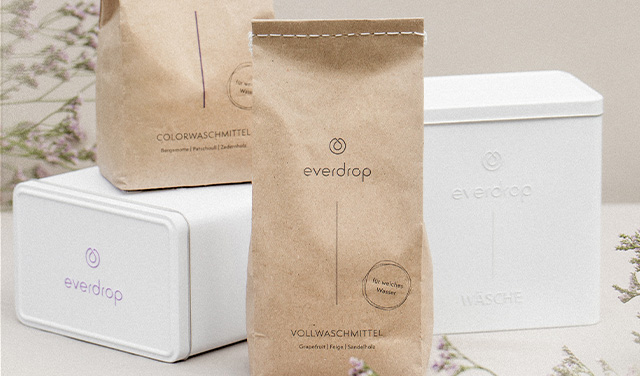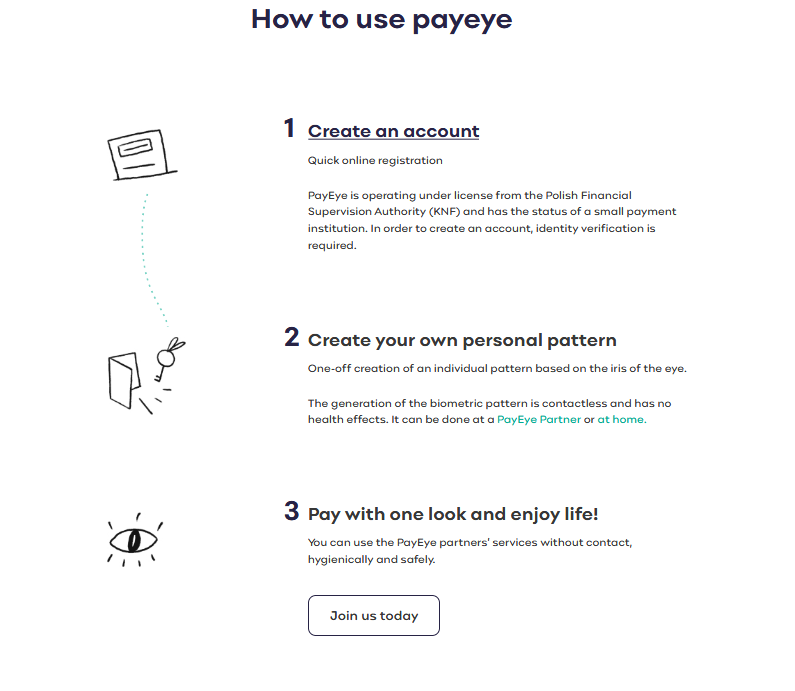Reading Time: 4 minutes
Are your social media practices supporting or withstanding the movement?
Patrycja Piotrowska
09.01.2020
When one thinks about body positivity, most of the time, two things come to mind, namely: women and weight.
For quite a while, the socially acknowledged beauty standard resembled this: blond hair, blue eyes, fair skin, and legs with a recognizable hole in the middle of them. Victoria Secret angels, runway models, and TV promotions put this picture of flawlessness to the American public for quite a long time. With the rising popularity of web-based media, it appears that these images are unavoidable. However, recently women are beginning to push back on this sort of showcasing and changing how bodies are perceived by the society and the media.
This kind of unreasonable beauty standard that is still on a big scale publicized, often causes the feeling of self-centeredness, low confidence, and issues with self-perception. The unrealistic images of beautiful models and celebrities, cause that other women compare themselves and are pressured to fit in to what is earning likes and acclaim. Photographs of drastic weight reduction are constantly promoted like anorexia development on platforms like Tumblr that empower harmful and unhealthy techniques for accomplishing these losses. It is very common for young girls that are exposed to underweight models and photoshopped advertisements to express their feelings concerning their looks and the need to lose weight, even if there is no need to do so.
The term “Body Positivity” begun to spread across the world throughout the internet in 2017, more than 4.3 million of people started to use hashtags: #bodypositive and #bodypositivity on Instagram. The movement is used among people of all ages and genders, however mainly by plus-size, and ethnic women that basically centers around the celebration and revolutionary confidence of noticeably bigger bodies—as another descriptor for what the movement is showcasing. Thanks to the users of social media platforms, the movement has become the mainstream, causing to some degree self-love revolution.
Extensively, body positivity states that “all bodies are acceptable bodies”. As such, just what you look like outwardly doesn’t – or ought not – decide your value as an individual. In western culture, this movement fights back the common valuations of physical appearance that are held by the society for a long time. Body positivity advocates across web-based media thus look to make assorted body types more obvious, in some ways as a suggestion to reconsider our social originations of what beauty truly means, and that such ideas are not fixed.
Why is body positivity so essential?
At the point when youngsters join web-based media there is an open door for them to get exposed to a wide range of individuals. Individuals who appear to be unique and individuals who seem to be comparative. For anybody whose nationality or appearance isn’t reflected back by their actual community, the online network can give them a feeling of having a place.
Particularly for young people who are experiencing pubescence and all the abnormal changes it involves, there is regularly an inclination of disengage from your body. During that period the childhood body that one is familiar with, is changing, however it still differs from the bodies that can be seen online. There is a wide range of issues that can be caused by not accepting our own bodies, such as: eating disorders, the need of surgeries or even self harm.
So many of those pictures are photoshopped, taken at the correct angle, or women on social media have undergone some medical and plastic procedures. Regardless of whether they have not, they are pictures of completely developed people, who maybe as a component of their profession accept measures to look as attractive as could be expected under the circumstances. Or even, they might be a part of a big photoshoot of a campaign.
Hashtags, like, “self-confidence” and “body positivity” are utilized to share photographs of women who probably won’t fit these conventional beauty guidelines. Such ads may highlight larger size women as style models; superstars without makeup; or not photoshopping any kind of “imperfections” like cellulite or stretch marks, all to challenge the beauty beliefs and standards that we underestimate. Promoting is one of the remarkable approaches to gauge shifts in consumers. Customarily tall, skinny, slender and fair looking bodies have since quite a while ago held pride of spot in fashion. At the point when well known brands reexamine their promoting procedures to highlight “normal” individuals, similar to when Mattel delivered another scope of Barbie dolls in various body types (Abrams 2016), these establish ventures towards what beauty is or can be, customary or something else.
Beyond curves
While larger size ladies were the first crowd of body positivity, ladies on the thinner side of the range have now been appreciating portrayal, as well. Body positivity once was all about embracing curves, without the feeling of pressure to lose weight, contradicting what is commonly presented on social media, however now it also means to embrace gaining weight, without feeling bad about that, if one’s body is naturally skinny.
By fighting prevalently skinny, lighter looking, and artificially glamorized portrayals of beauty in famous media, body-positive campaigners desire to energize (particularly youngsters) not to try to unreachable “awesome” highlights and to grasp their “flaws”. The findings of the Dove research have demonstrated that there is still a lot to overcome.
It is anything but difficult to credit these issues as originating from an American or Western preoccupation with triviality. However, the Dove research reveals that body negativity relates on a large scale to global pandemic. Not exclusively is female confidence consistently declining notwithstanding more extensive attention to similar issues, “low body esteem [is] becoming a unifying challenge shared by women and girls around the world – regardless of age or geography” (Dove 2018).
The tangle of perceptions of the good and bad approach to depict “beauty”, and particularly that helpless self-perception crosses sexes and nations, raises an interesting anthropological debate. Is beauty “socially relative” or are there all around recognized attributes? What is beautiful to one individual or perceived as delightful inside a community or culture may not remain constant for other people, yet are a few attributes favored over others all through the world? Nowadays, it is very common to accuse advertising and online media for the spread of “unreasonable” body standards and pressing factors. However, is this all truly new?
Bibliography
Barone, Fran. “‘I Have Worth’: Female Body Confidence and Perceptions of Beauty around the World.” Human Relations Area Files – Cultural Information for Education and Research, 23 Jan. 2019, hraf.yale.edu/i-have-worth-female-body-confidence-and-perceptions-of-beauty-around-the-world/.
Corp., ABS-CBN. “How Online Body Positivity Has Evolved And Why The Movement Is Now More Powerful.” Metro.Style, 1 Nov. 2020, metro.style/wellness/mind-and-spirituality/body-positivity-in-social-media/27887.
Dove. 2018. New Dove Research Finds Beauty Pressures Up, and Women and Girls Calling for Change. [online] Prnewswire.com. Available at: https://www.prnewswire.com/news-releases/new-dove-research-finds-beauty-pressures-up-and-women-and-girls-calling-for-change-583743391.html [Accessed 25 Jul. 2018].
malayawilliams Like33 Comments, et al. “Why Body Positivity on Social Media Is More Important Than You Think.” Voices of Youth, 18 Aug. 2020, www.voicesofyouth.org/blog/why-body-positivity-social-media-more-important-you-think.
Mazu. “Body Positivity - Using Social Media for Good.” Medium, Medium, 4 Jan. 2018, medium.com/@MazuFamily/body-positivity-using-social-media-for-good-9ab02692422c.
Yeboah, Stephanie. “Why the Body Positivity Movement Still Has a Long Way to Go.” Vogue India, Vogue India, 29 May 2020, www.vogue.in/wellness/content/body-positivity-fat-acceptance-movement-still-has-a-long-way-to-go.









